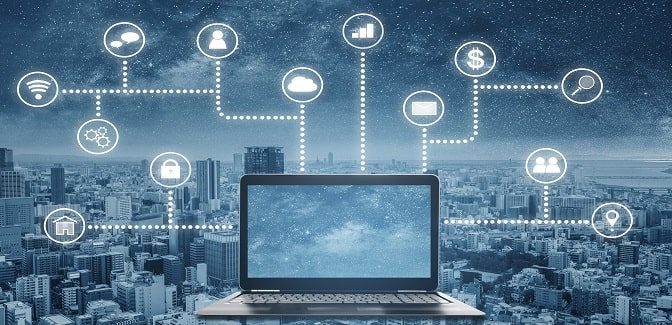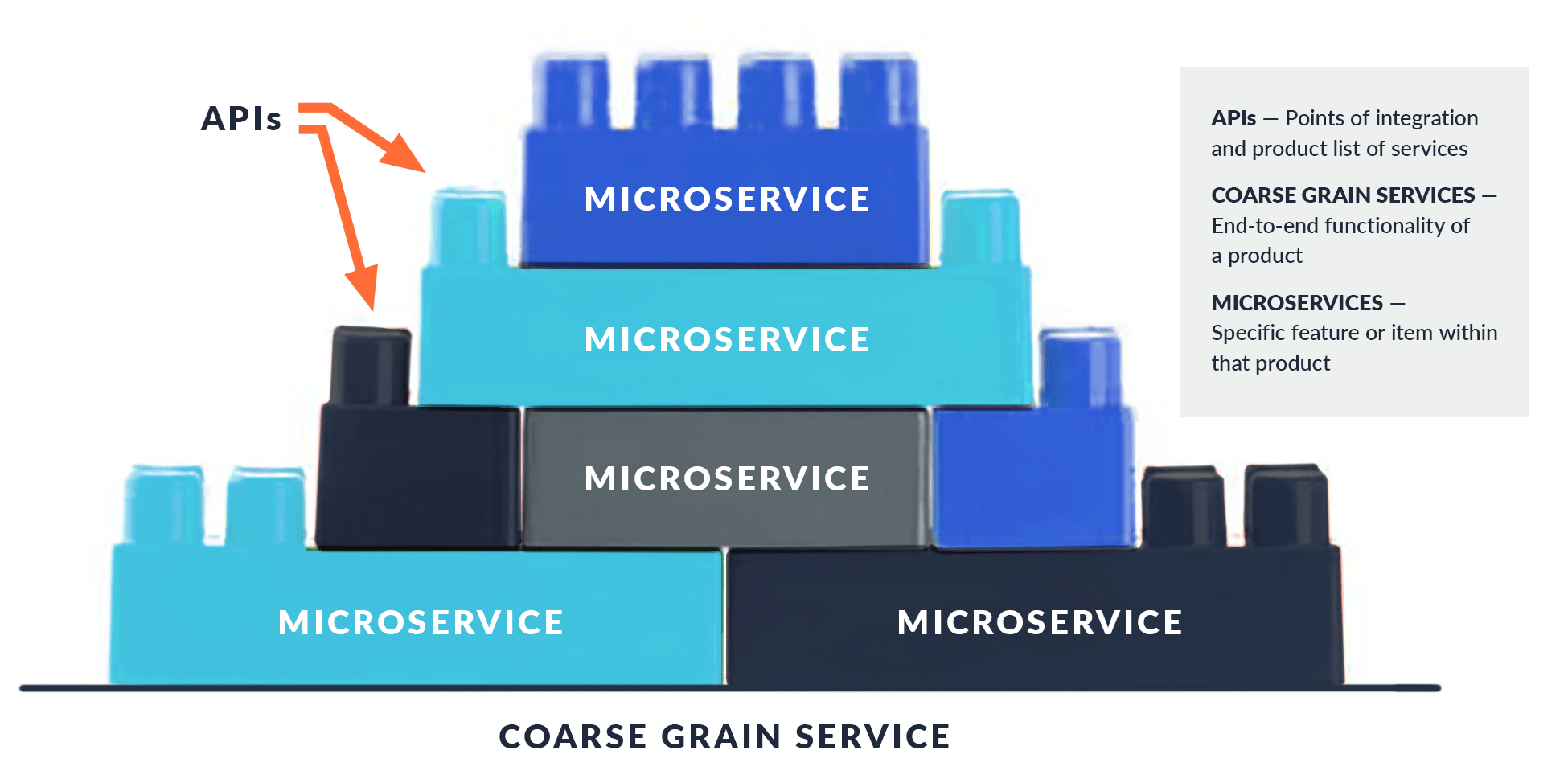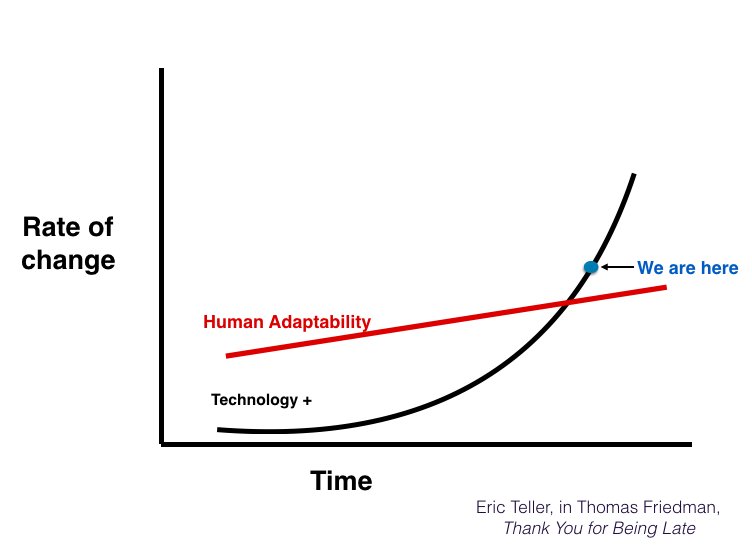With so many people feeling the pinch this year, government disbursements have been a topic of fervent discussion. The U.S. government has spent $1.69 trillion in response to the pandemic so far, and that number will likely increase as the year goes on. Of that $1.69 trillion, $269 billion went out in just the first round of Economic Impact Payments (EIPs). This amounts to around 152 million individual payments sent. Of that first round of EIPs, some have still not found their destination. For example, over a million were sent to deceased people. The U.S. has a disbursements problem characterized by a reliance on physical payment media, vague or siloed payments data, and a lack of multichannel support.
These problems can be attributed to challenges with both the government and financial institutions. While the United States’ administration has not been as strong an advocate for modernization as some other countries have, many American retail bankers are hesitant to move on from checks. For some, especially demographics like elders or impoverished rural citizens, getting a check mailed then cashed still seems easier. In addition, 5% of the U.S. population is unbanked—they don’t have any option but to receive a physical payment like a check or prepaid card.
Aside from being slow, paper checks and other physical disbursement methods are expensive. It’s hard to say how much the government spends on each individual payment, but the printing, mailing, and processing costs of checks are significant. Years ago, Bank of America estimated that a business check can cost between $4-$20, based on the cost of the check and shipping, and the time personnel spends on mailing, creating, and reconciling the check. Given the quantity being released, the overall taxpayer bill is astronomical even by a conservative estimate. To avoid some of the challenges that checks cause, the government has begun issuing prepaid debit cards. While this is an improvement for the citizen, it has the same infrastructural costs as the check when it comes to production and mailing.
Another challenge is the lack of a clear payments alias. The closest thing the Treasury and IRS have to reliable identification is a person’s social security number. Among the reasons that this is not ideal is the fact that social security numbers were never designed for this purpose. There are fair objections to giving a government agency extensive personal information, but at the very least, they should know whether a person is still alive. Data points like address, account number, and even income are already available to one agency or another. What’s lacking is a secure way of unifying this information, so mistakes like paying the dead don’t happen so frequently. This is a challenge for the payments sector overall—how do we provide reliable and specific information about transacting parties without rendering the parties vulnerable? How do we ensure that this security isn’t being exploited by criminals?
From a ‘big picture’ perspective, if the role of a government is to protect and support its citizens, then it first needs to be able to reach those citizens. With the vast resources available, it’s no longer necessary for so many to be left in a lurch when it comes to payments. The Treasury, similar to a good fintech, can help by providing multichannel support. The more options the government makes available, the more people get their much-needed financial assistance before it’s too late. Paradoxically, having more potential payment methods makes the process of disbursement simpler. If the U.S. had a standardized real-time payments network, those who qualified for the stimulus payment could just send a request-for-payment to the government agency providing it. Even with the systems available today there is the potential for at least some people to receive a timelier stimulus. The government could use an existing system like FedWire or Zelle to disburse payments right away, not just to large firms but to those relying on them to put food on the table.
The bottom line is that mistakes and delays in stimulus disbursements have made maintaining the status quo a much harder sell. There is a massive disconnect between the people who make and maintain the infrastructure and those whose livelihoods depend on it. A poll last November indicated that 63% of Americans were living paycheck-to-paycheck. This means that if a worker loses their job, they are at once not able to pay their rent, buy groceries, etc. Providing a fast digital disbursement instead of an old-fashioned paper check can be the difference between eviction and having more time to find another job. Also, there is an inherent responsibility to remove payout friction wherever possible to both the individuals that need it most and the economy in general. The economic benefits of a more efficient flow of funds are clear, as are the benefits of protecting people from economic disasters.




























